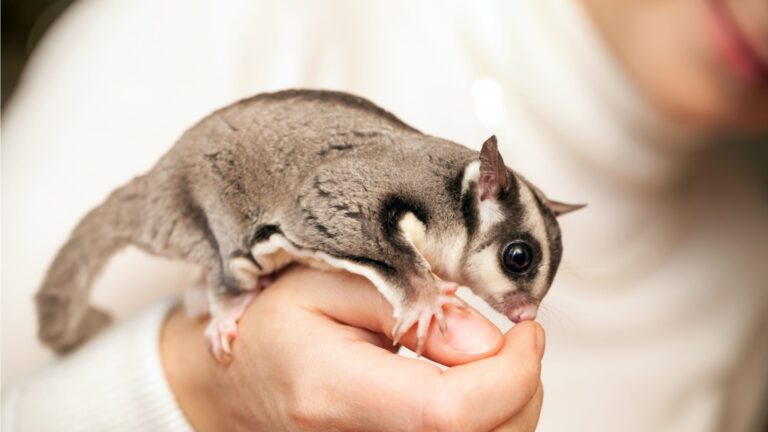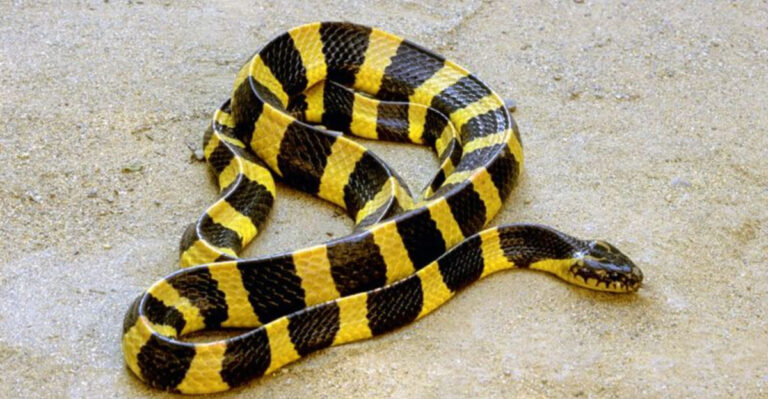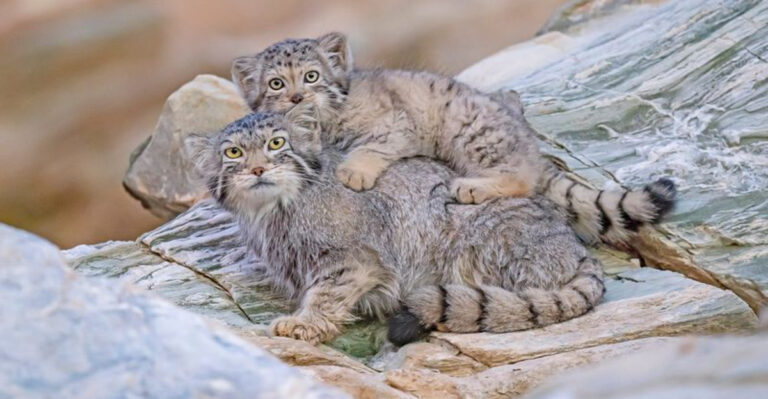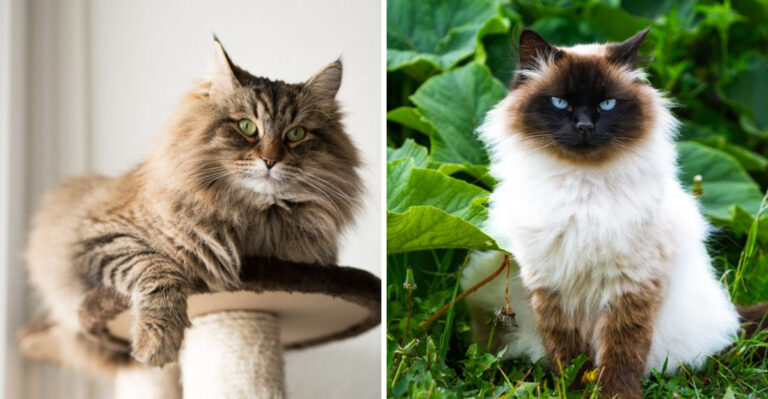13 Exotic Pets Millennials Regret Getting

Ever scrolled through Instagram and spotted someone with a fox or mini-giraffe as a pet? The allure of exotic animals has captivated many millennials seeking unique companions that stand out from typical cats and dogs.
Unfortunately, the reality of caring for these unusual creatures often falls short of expectations. Many owners quickly discover that exotic pets require specialized care, unusual diets, and living conditions that are difficult to provide in typical homes.
1. Macaws
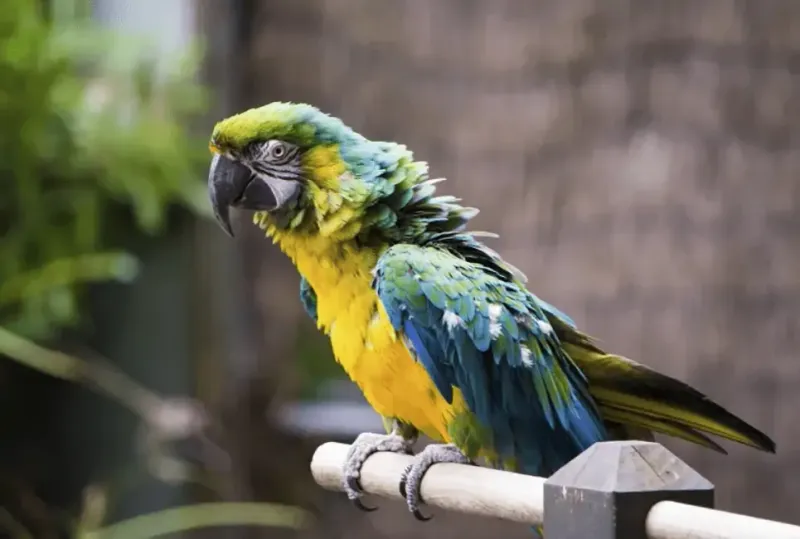
Vibrant plumage can’t compensate for ear-splitting screams that reach 105 decibels—as loud as a rock concert! These intelligent birds live 50+ years and need daily interaction.
Without proper stimulation, macaws develop destructive habits like feather plucking. Their specialized diet requires fresh fruits, vegetables, and nuts daily, creating a time-consuming commitment many owners underestimate.
2. Sugar Gliders

Nocturnal by nature, these marsupials become active just when you’re winding down. Their bark-like calls and constant movement can disrupt sleep patterns for the entire household.
Sugar gliders require bonding pouches worn against your skin for 2+ hours daily. Their complex diet includes nectar, protein, and calcium supplements that must be precisely balanced to prevent paralysis—a responsibility many new owners find overwhelming.
3. Ball Pythons
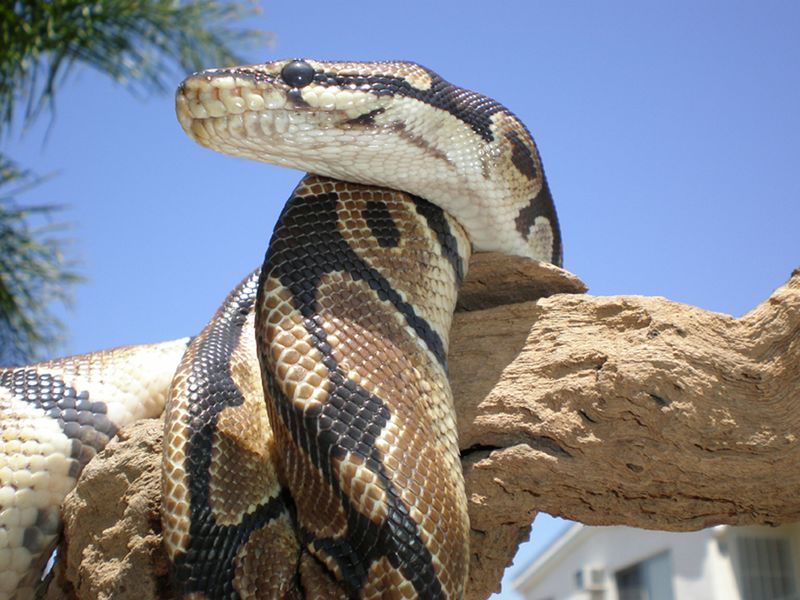
Many millennials panic when feeding day arrives. Watching your snake consume whole rodents—even pre-killed ones—proves more disturbing than anticipated.
Temperature gradients must remain precise, requiring constant monitoring of heating elements. Ball pythons can live 30+ years, outlasting many relationships and housing situations. Their mysterious hunger strikes can last months, causing endless worry for unprepared owners.
4. Fennec Foxes
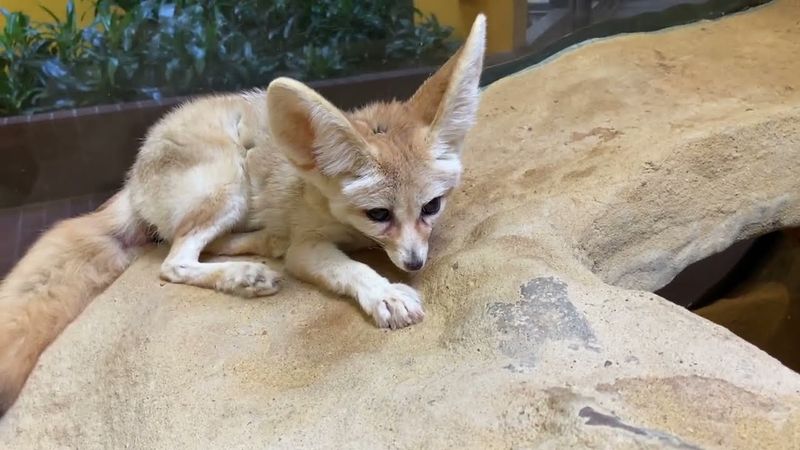
Those giant ears and tiny bodies make fennec foxes Instagram darlings. Reality hits when they mark territory by urinating on everything you own—and that scent never truly disappears.
Hyperactive at dawn and dusk, they dig compulsively through carpets and furniture. Their high-pitched screams can wake neighbors three apartments away. Despite years of effort, most never achieve reliable house training.
5. Chameleons
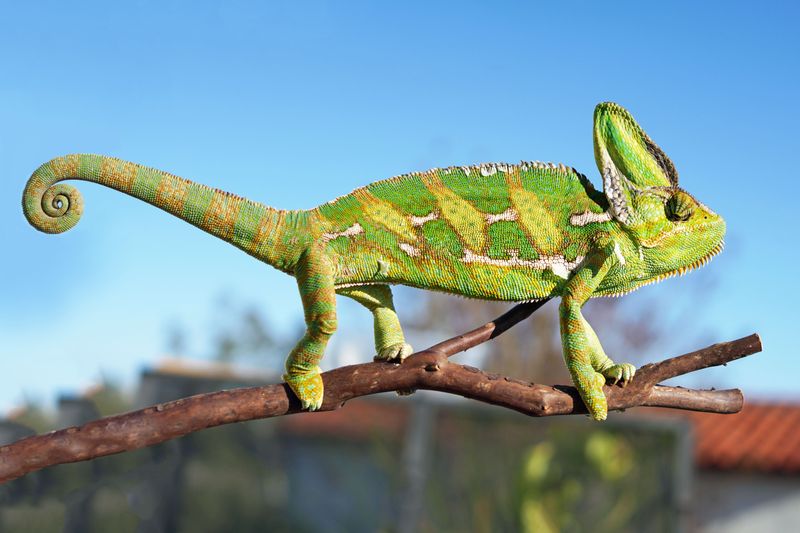
Color-changing wonders quickly fade when faced with their fragility. Chameleons can die from something as simple as incorrect lighting or humidity levels dropping for just a few hours.
They require live insects daily, meaning you’ll need a separate habitat for breeding crickets or roaches. Most hate handling and show stress through darkened colors and refusing food. Their specialized care needs lead many millennials to rehome them within months.
6. Tarantulas
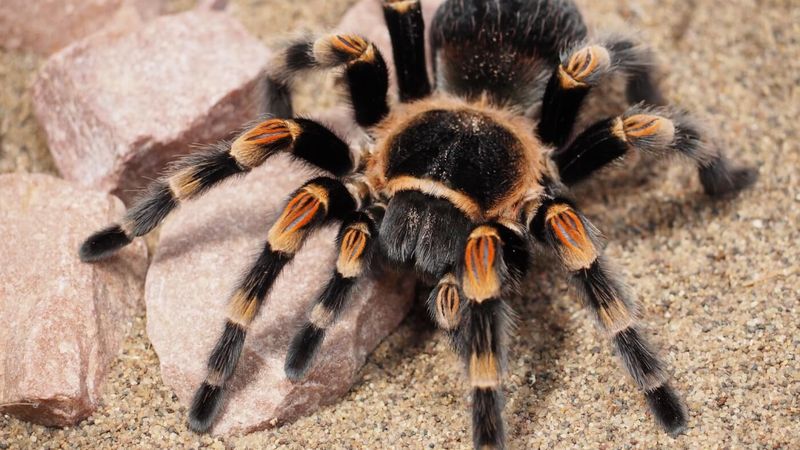
The cool factor fades quickly when you realize tarantulas offer zero affection. They recognize nothing about you and show no interest in interaction beyond occasional threat displays.
Housing escapes are surprisingly common, leading to midnight panic searches. The urticating hairs they kick off cause painful skin reactions. Female specimens live 20+ years—a commitment that outlasts most millennial relationships and often ends with reluctant rehoming.
7. Hedgehogs
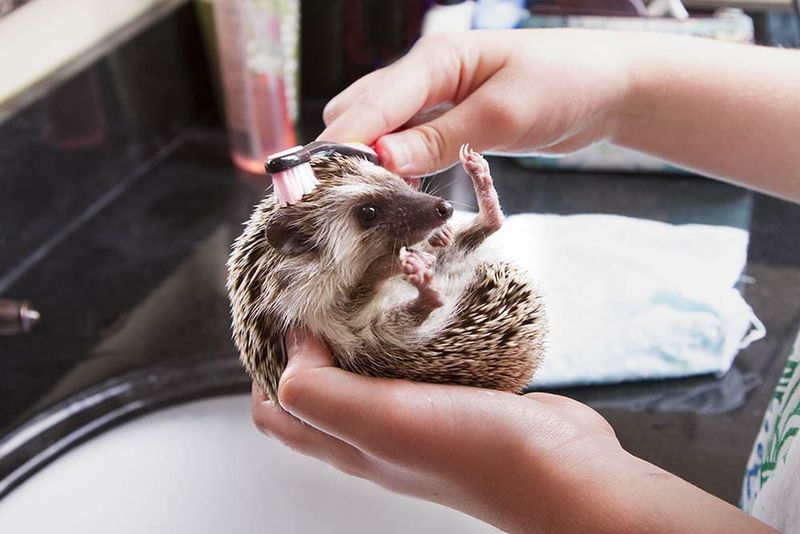
Beneath those adorable quills lies a nocturnal animal that will run on its wheel all night, every night. Sleep-deprived owners often relocate hedgehogs to living rooms after weeks of disrupted sleep.
Their specialized diet requires precise insect-to-kibble ratios. Daily handling is necessary to maintain socialization, yet many hedgehogs never fully warm up to human contact. Their cages require thorough cleaning every other day to prevent foot infections and quill problems.
8. Exotic Fish
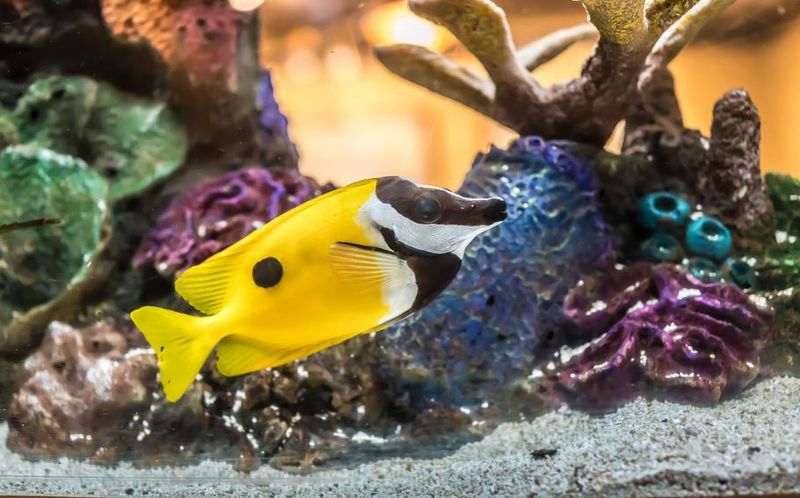
Marine tanks require constant water testing and parameter adjustments. One missed water change can trigger a cascade of deaths costing hundreds of dollars.
Equipment failures happen regularly, creating emergency situations that require immediate attention regardless of work schedules. Specialized fish often require live foods cultured at home. The initial setup costs for proper reef tanks start at $1,000—with monthly maintenance adding hundreds more.
9. Savannah Cats

F3 and F4 generation Savannah cats cost upwards of $2,000 yet retain surprisingly wild behaviors. They routinely jump on top of refrigerators, cabinets, and door frames—nowhere is safe from their 8-foot vertical leaps.
Their territorial spraying persists despite neutering. Many destroy furniture with powerful claws and teeth. Their high energy requires hours of daily interactive play, and boredom results in systematic household destruction that no typical cat tree can prevent.
10. Axolotls

Those perpetually smiling faces hide extremely fragile creatures. Water temperatures must remain between 60-64°F year-round, often requiring dedicated chillers in most homes.
Axolotls produce enormous bioloads, necessitating specialized filtration systems and water changes twice weekly. Their delicate gills are easily damaged by standard aquarium equipment. Unexpected cannibalism occurs when housing multiples, leading to traumatic discoveries during morning feeding routines.
11. Sugar Ant Colonies
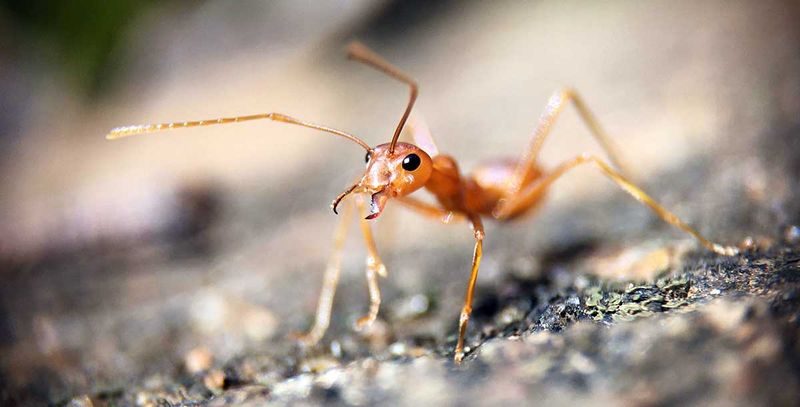
The educational appeal quickly diminishes when ants inevitably escape their enclosure. No matter how secure the setup, they find microscopic gaps and establish satellite colonies throughout your home.
Maintaining proper humidity requires daily attention. The queen’s death means complete colony collapse, often happening without warning despite perfect care. Many millennials discover their apartment leases explicitly forbid ant farms after investing in elaborate setups.
12. Giant Tortoises
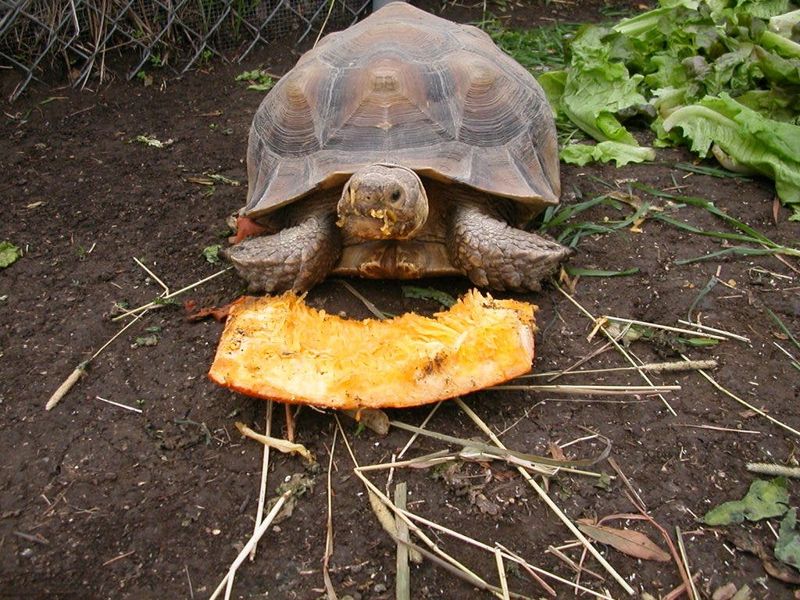
Sulcata tortoises start adorably small but reach 100+ pounds, requiring yard space equivalent to a small car. Their powerful legs dig extensive burrow systems that undermine foundations and fences.
They easily outlive their owners, requiring estate planning for their care. Diet restrictions must be strictly followed to prevent shell deformities. Winter housing in cold climates requires greenhouse-like structures with specialized heating—an expense few anticipate when purchasing a cute hatchling.
13. Kinkajous

Nicknamed ‘honey bears,’ these rainforest mammals become active at sunset and remain hyperactive until dawn. Their prehensile tails grab everything within reach, from curtains to kitchen knives.
Specialized diets require fresh tropical fruits daily. Despite their cuddly appearance, many develop unpredictable aggression during adolescence. Their sharp teeth and climbing abilities make home-proofing nearly impossible, resulting in destroyed furniture, electrical wiring, and plumbing fixtures.

